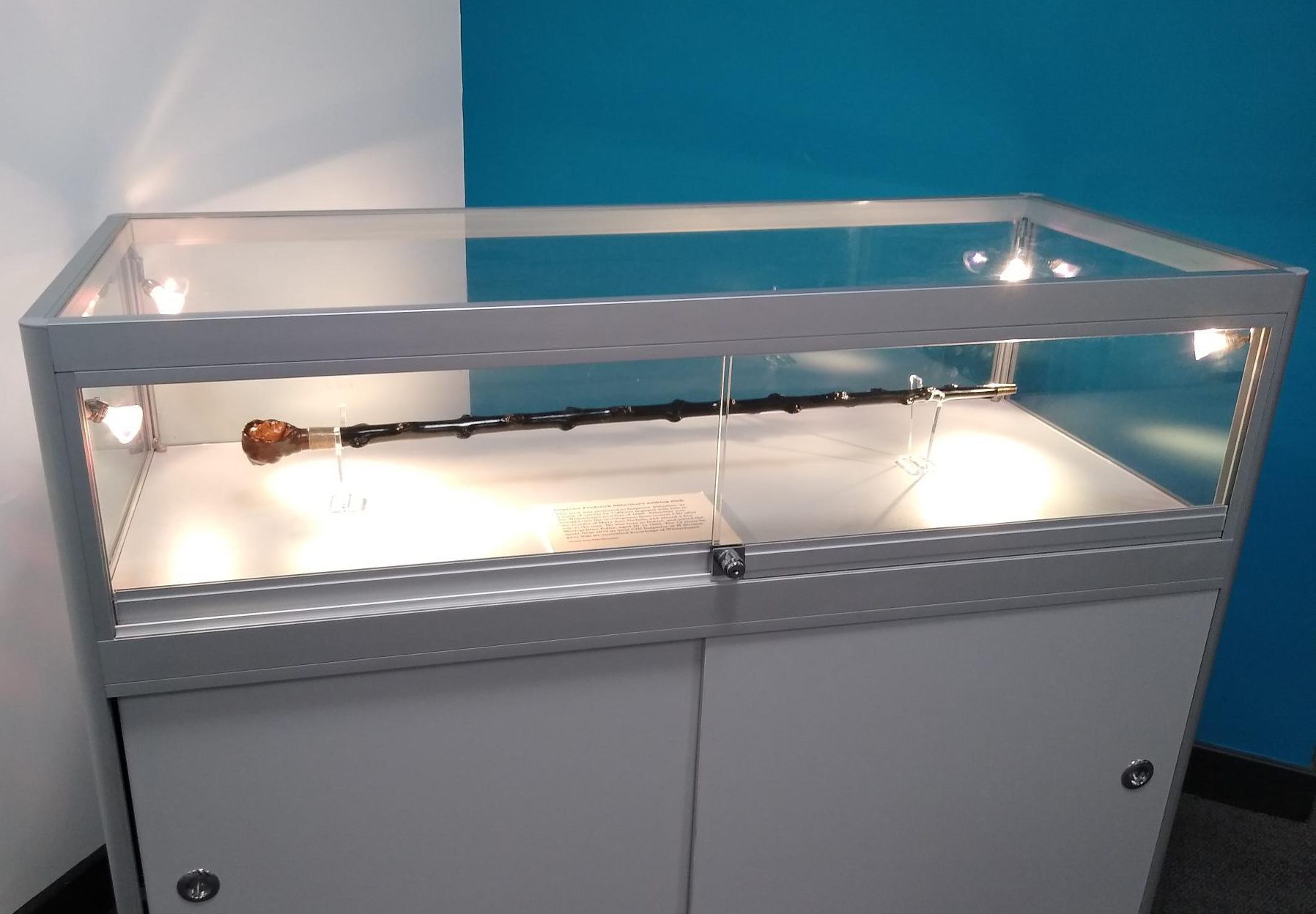Archivists have recently stumbled across a walking cane that’s believed to depict a suspect in the case of Jack the Ripper, the notorious serial killer who raised hell in the East End of London in the autumn of 1888.
Jack the ripper was responsible for the murders of at least five female sex workers in the Whitechapel area: Mary Ann “Polly” Nichols, Annie Chapman, Elizabeth Stride, Catherine Eddowes, and Mary Jane Kelly. The victims were killed with a slit of the throat and, in some instances, their internal organs were removed and their bodies mutilated.
The skillful disembowelment has led to significant speculation that the murderer may have worked in a skilled profession involving blades and scalpels, such as a surgeon, barber, or butcher.
Dozens of suspected names have been thrown into the ring over the past 130 years, but the case remains unsolved to this day. There were, however, a number of suspects that police had their eye on at the time and there was even a facial composite of the killer, which researchers at the College of Policing believe this cane is based on.
The walking cane was originally given to Chief Inspector Abberline, the chief inspector for the London Metropolitan Police who led the investigation into the unsolved Whitechapel murders, by his team in 1888.
Another shot of the recently rediscovered cane. Image credit: College of Policing
The cane had been lost for a number of years following the closure of Bramshill Police Staff College in 2015 where it was originally displayed. However, it’s recently been rediscovered by two staff members at the College of Policing who were sorting through policing memorabilia artifacts that had been moved into storage after the closure of the Bramshill site.
Although this vaguely creepy carving is unlikely to settle the debate about Jack the Ripper’s identity, the archivists believe it’s an intriguing relic from this dark and grim chapter of London’s history.
“Finding this cane was an exciting moment for us. Jack the Ripper is one of the biggest and most infamous murder cases in our history and his crimes were significant in paving the way for modern policing and forensics as it caused police to begin experimenting with and developing new techniques as they attempted to try and solve these murders, such as crime scene preservation, profiling and photography,” Antony Cash, Content Creator at College of Policing, said in a statement.
“This walking cane is such a fascinating artifact which represents such a historically significant time in policing, and it’s amazing that we can put it out on display here in Ryton, alongside the original newspaper cuttings, so that our officers can see first-hand how far we’ve advanced in policing since then,” Cash continued.
Source Link: Face Of "Jack The Ripper" May Be On This 130-Year-Old Walking Stick
